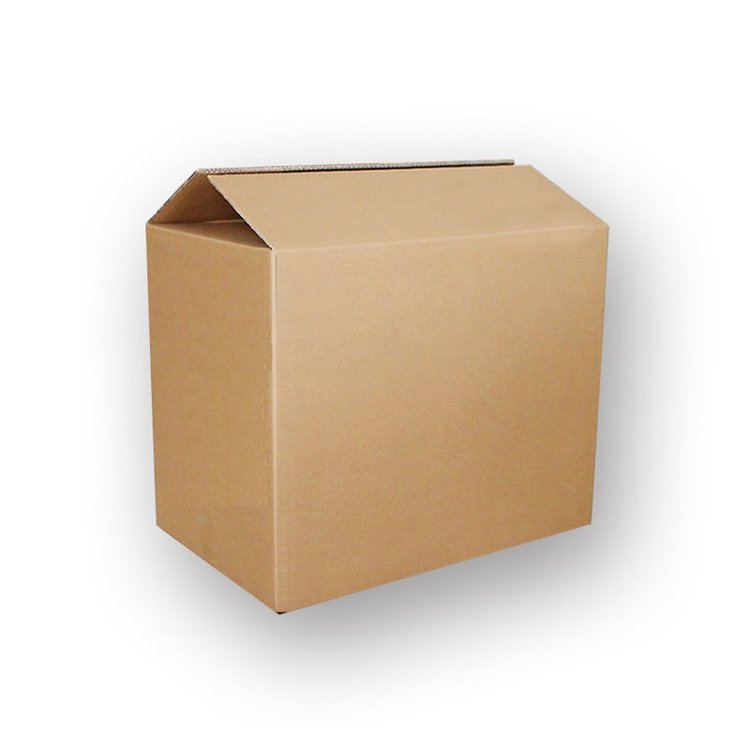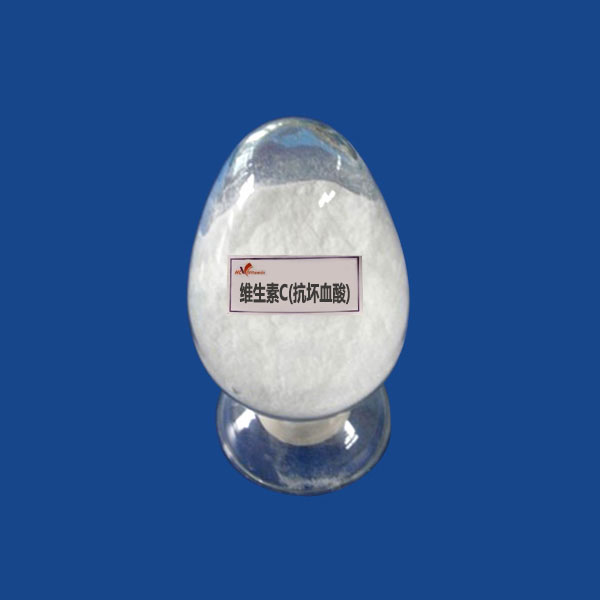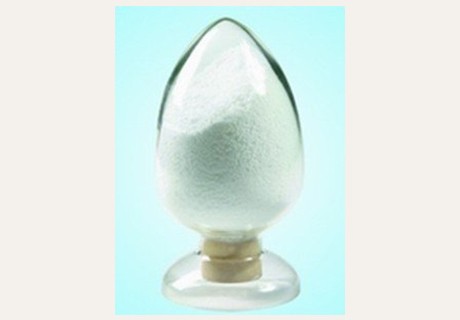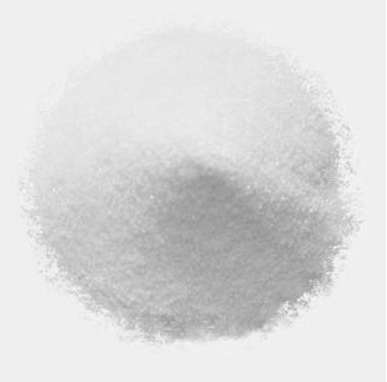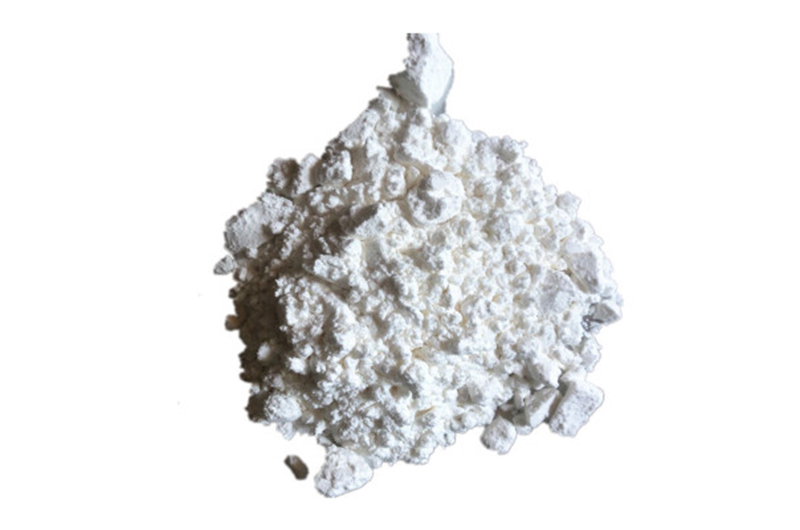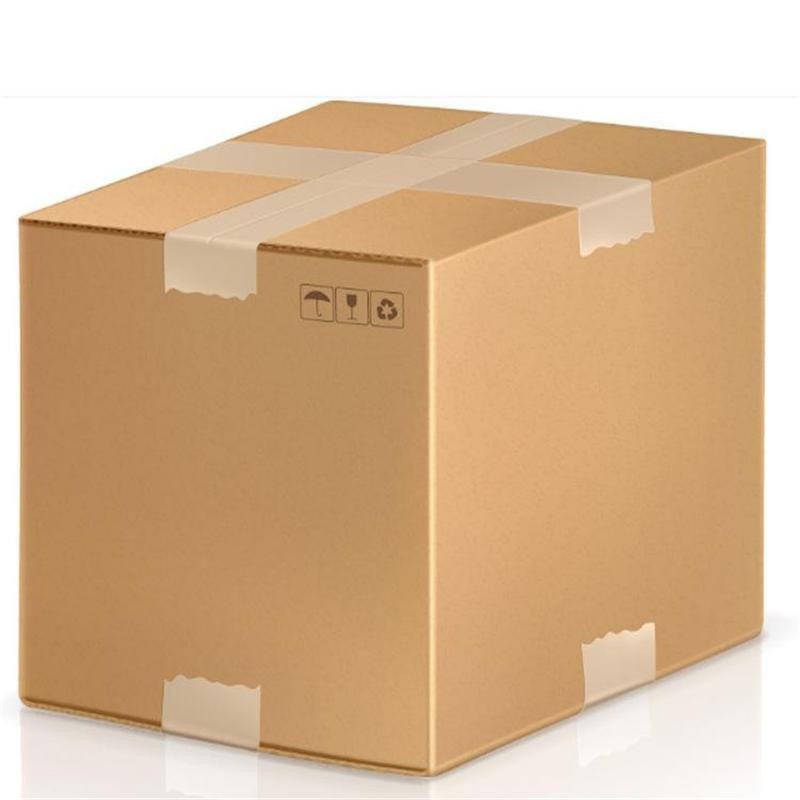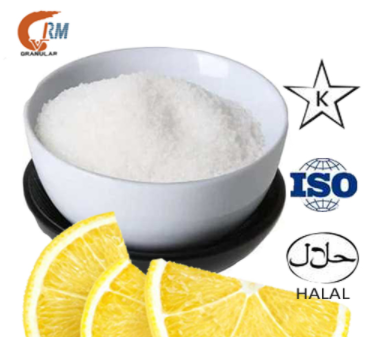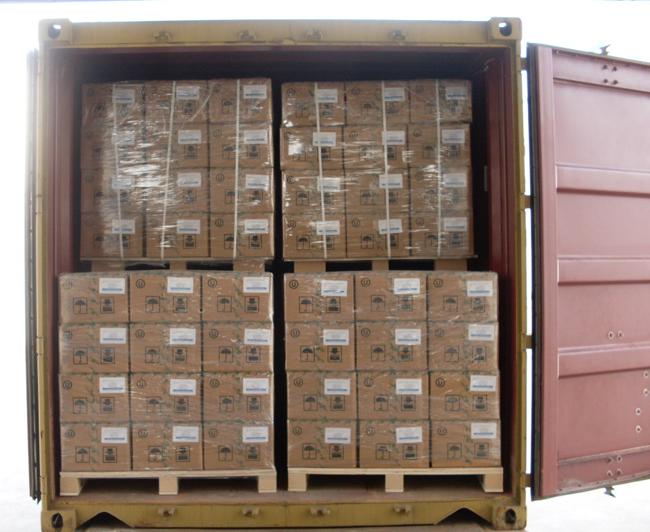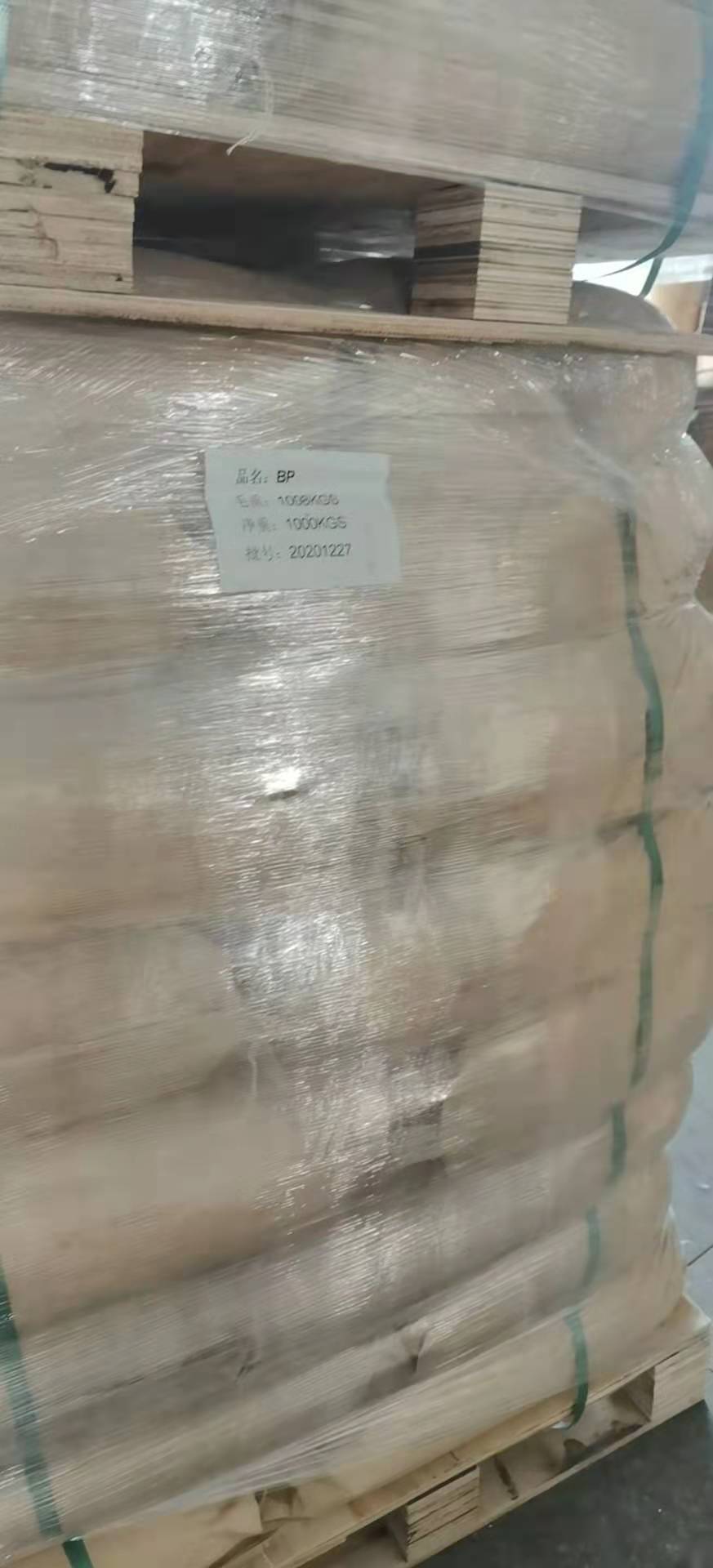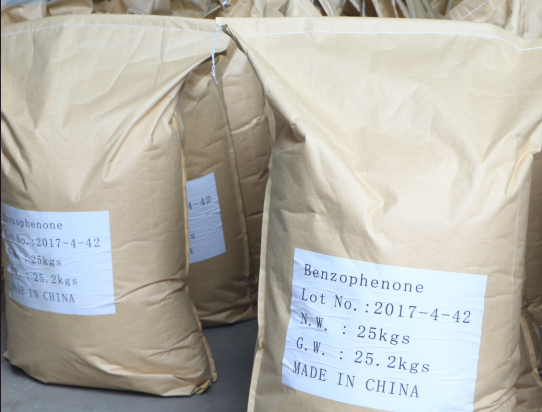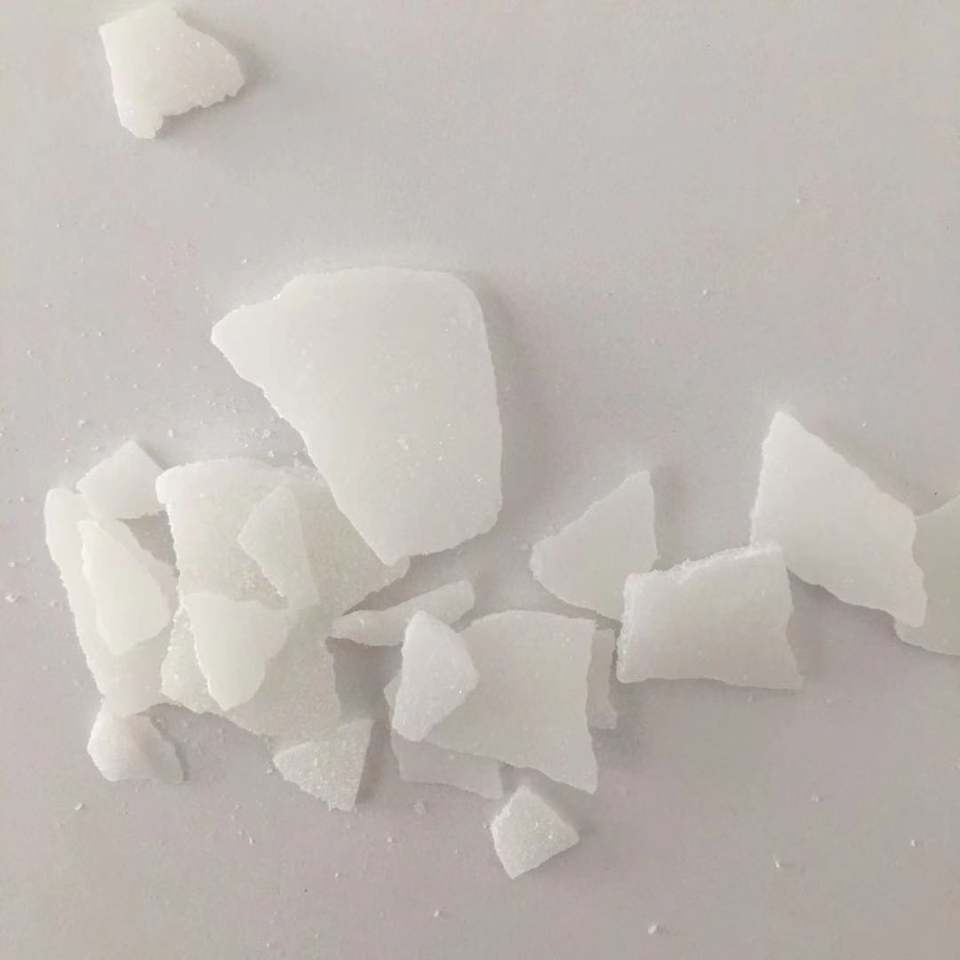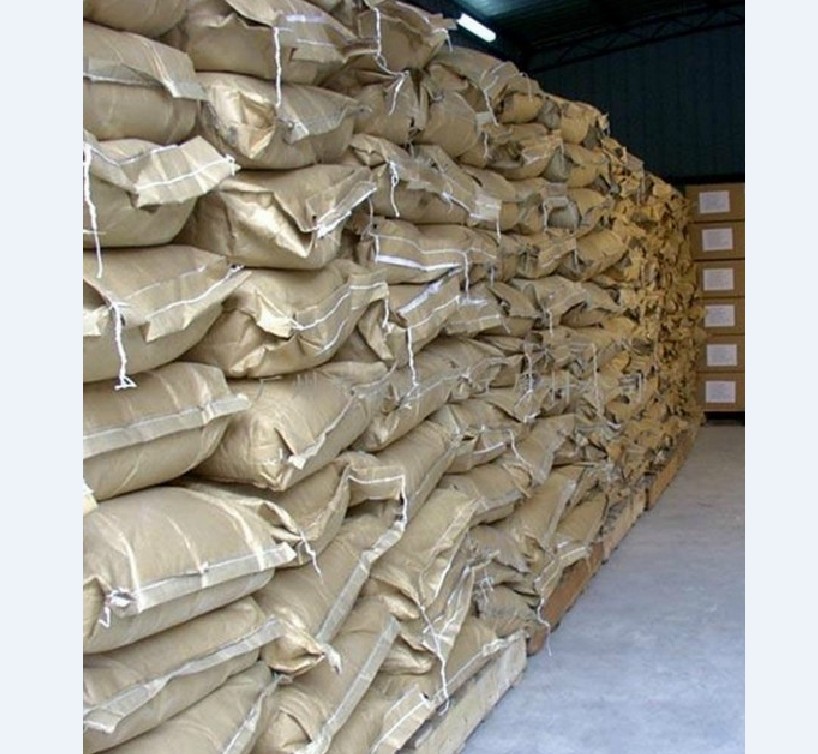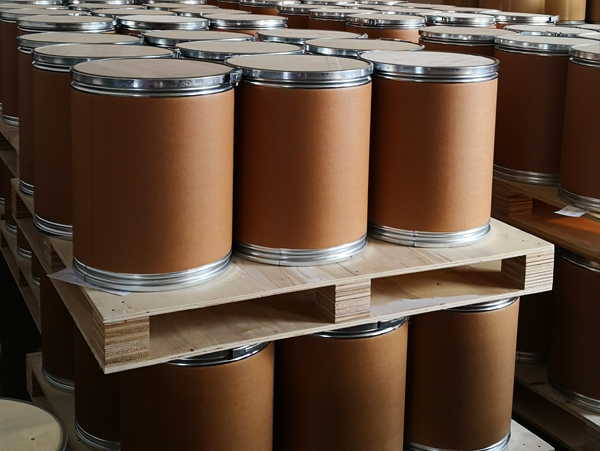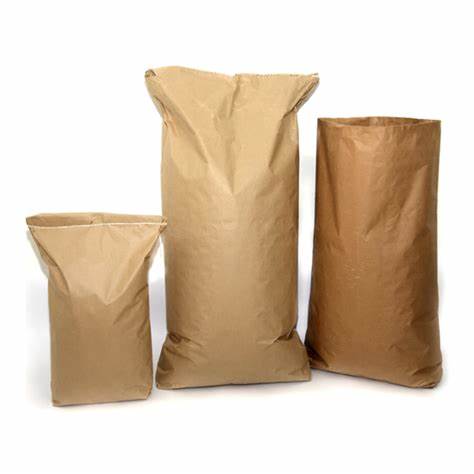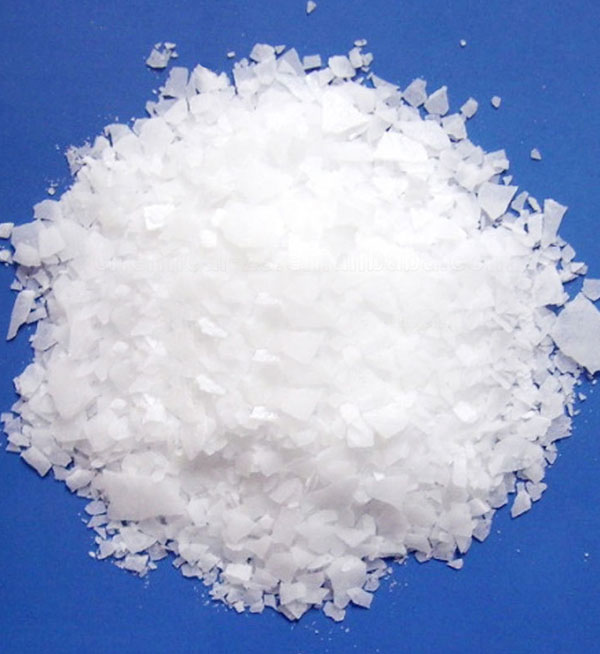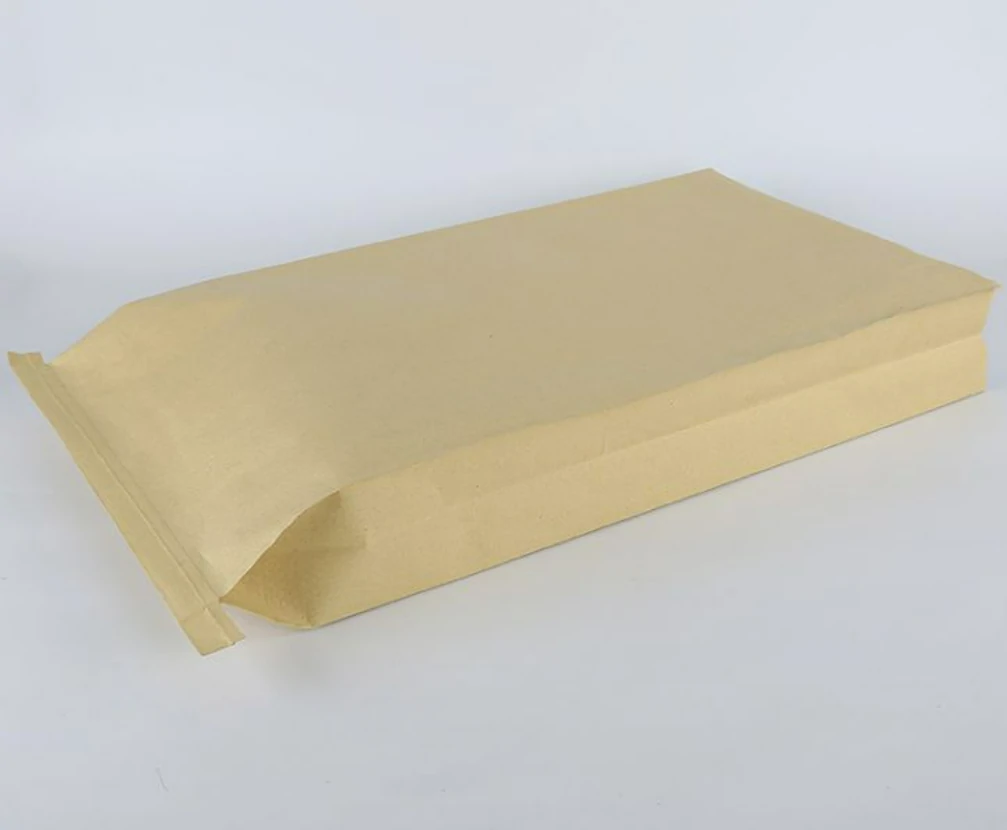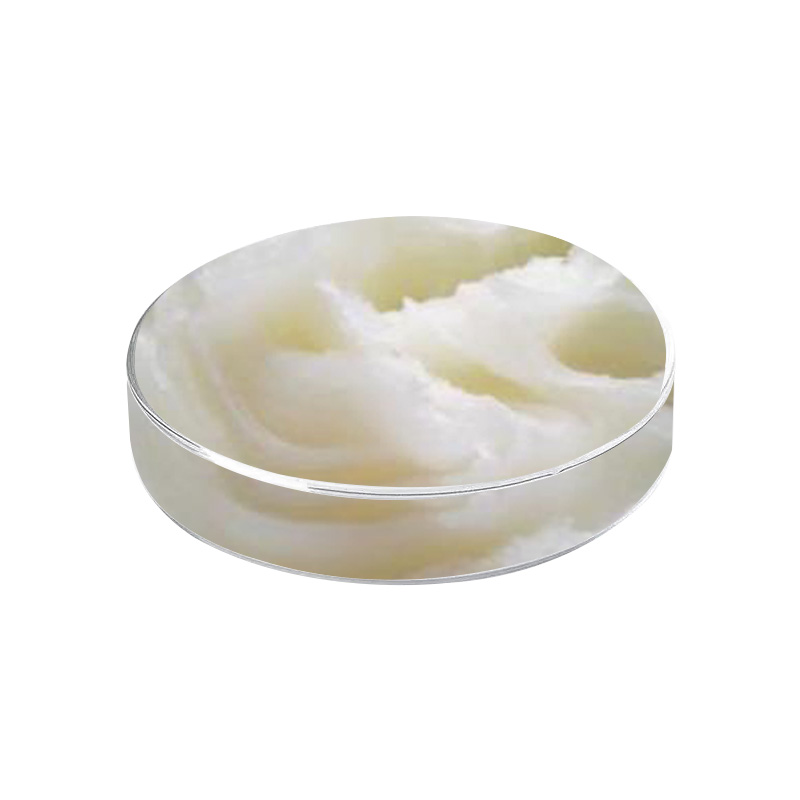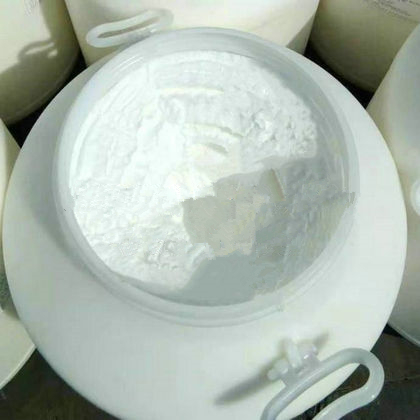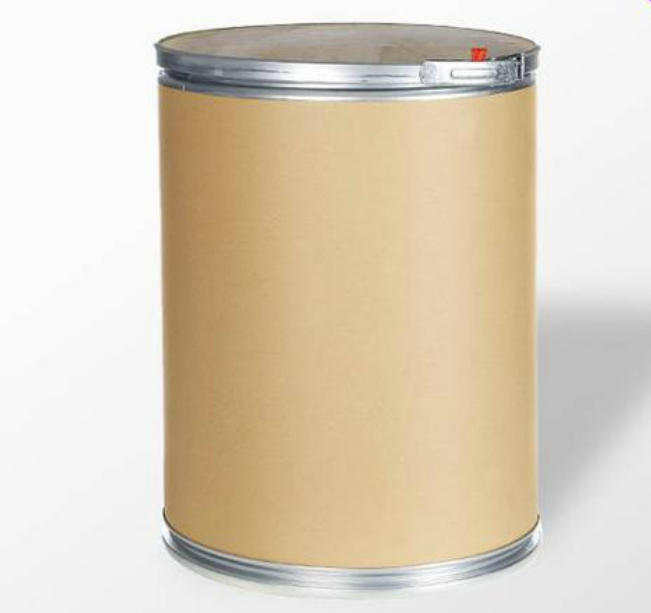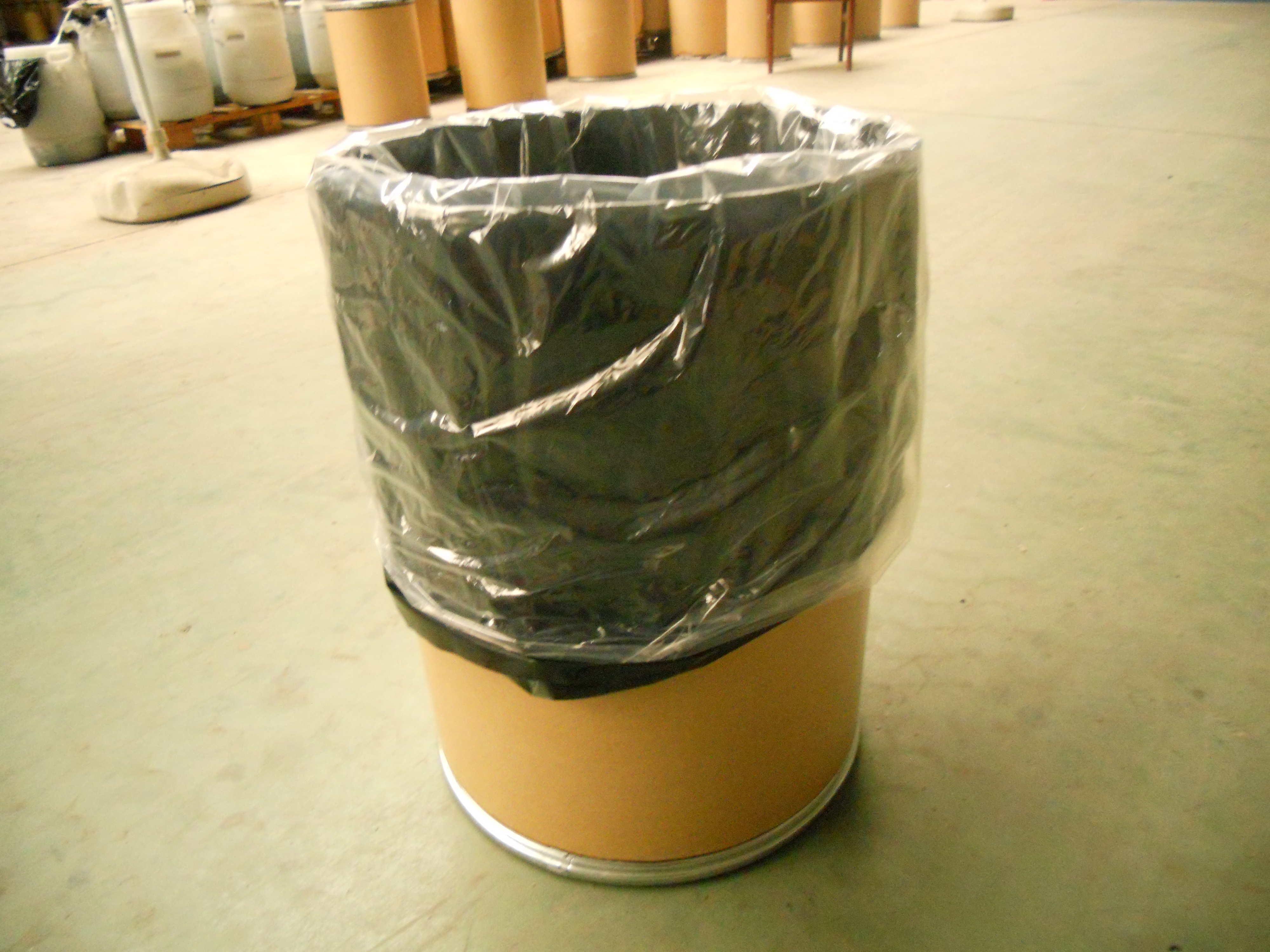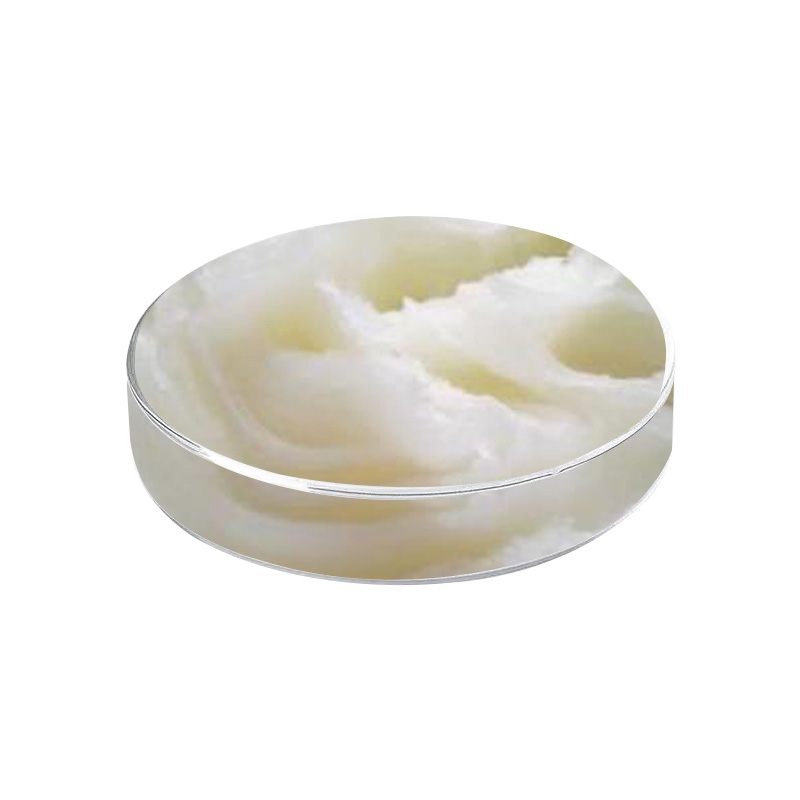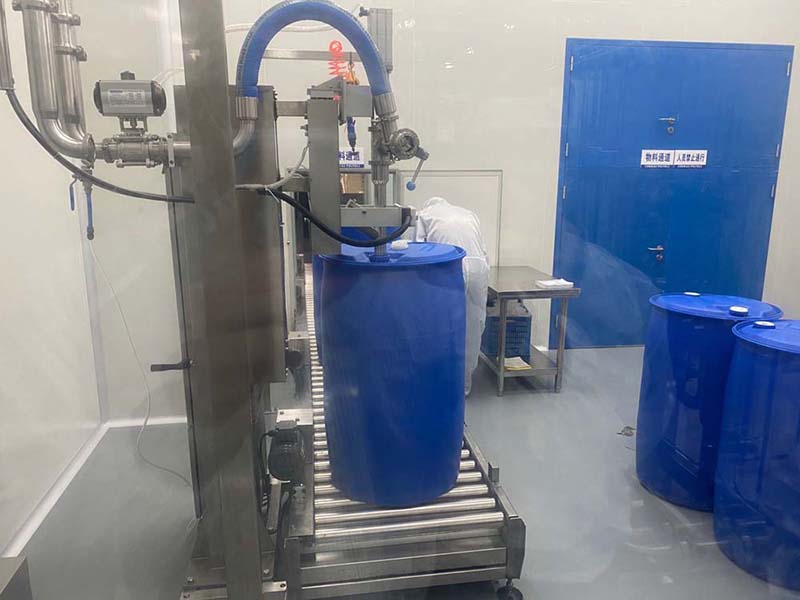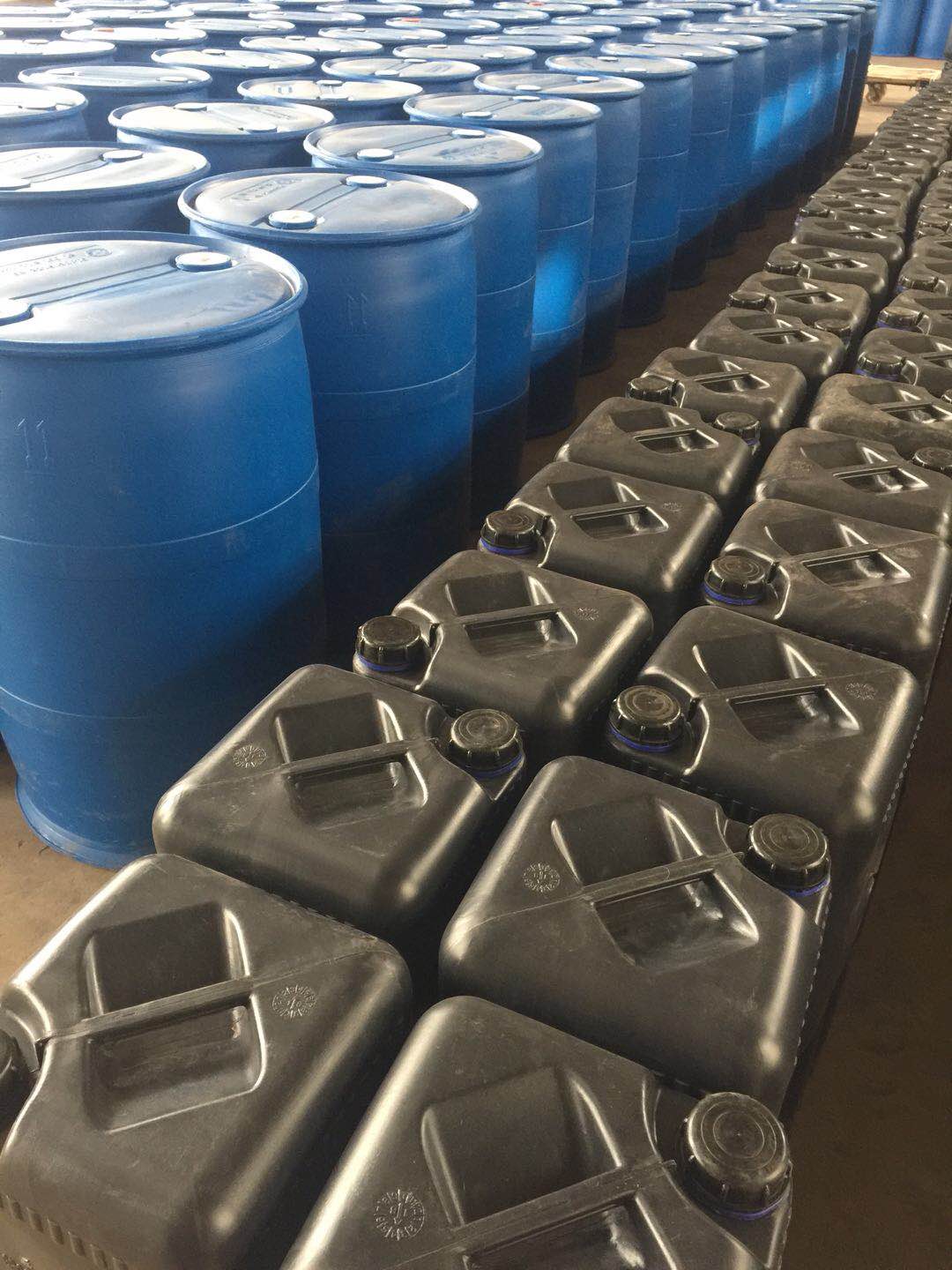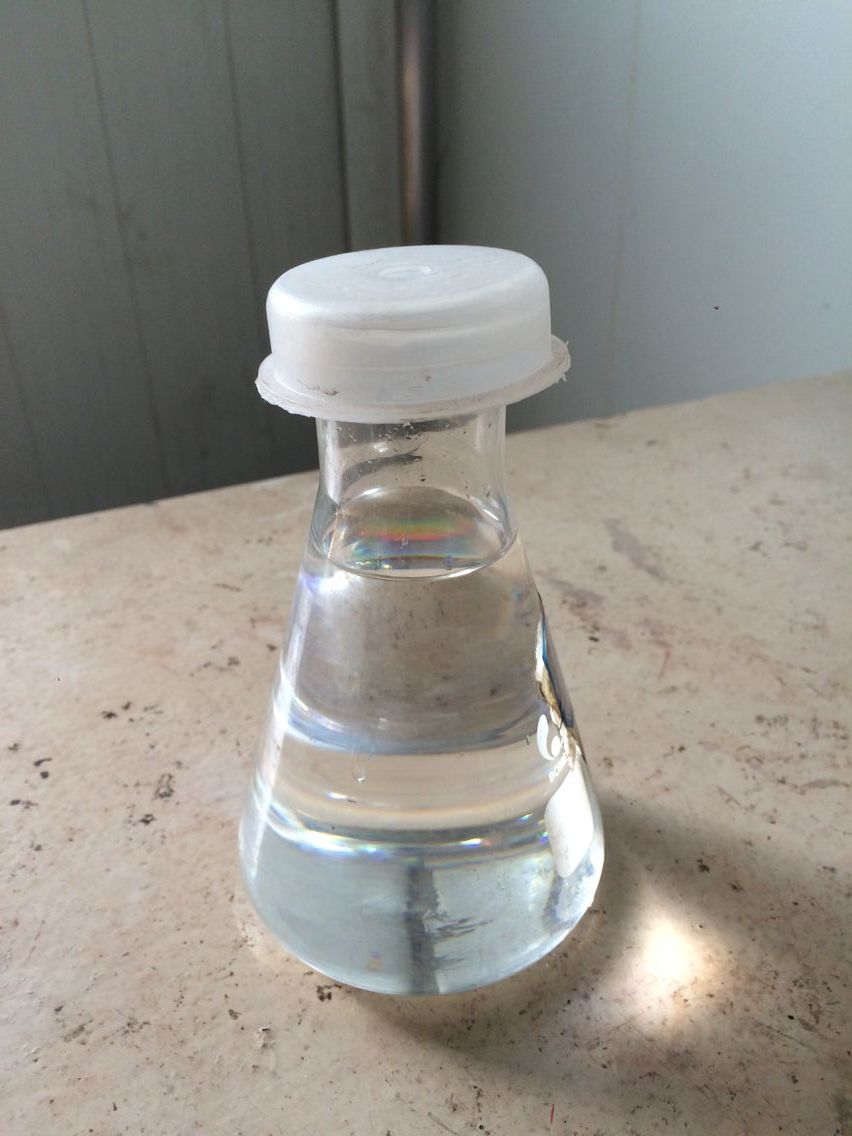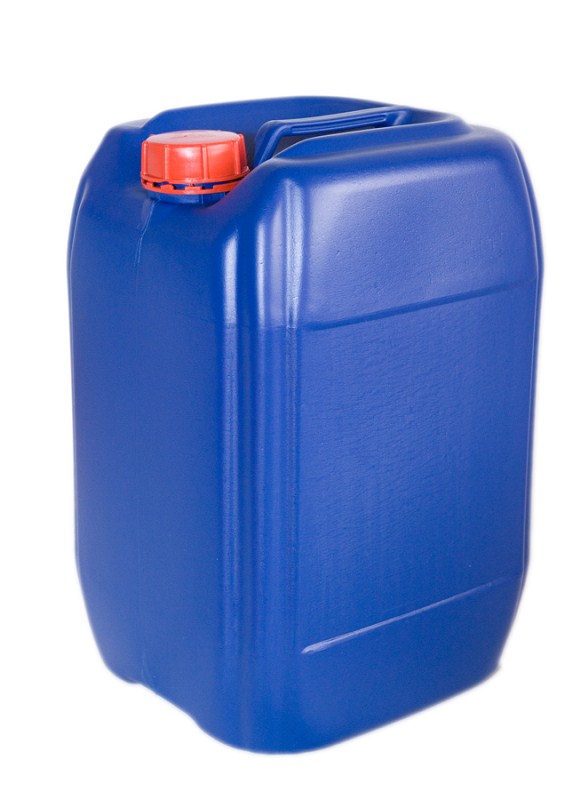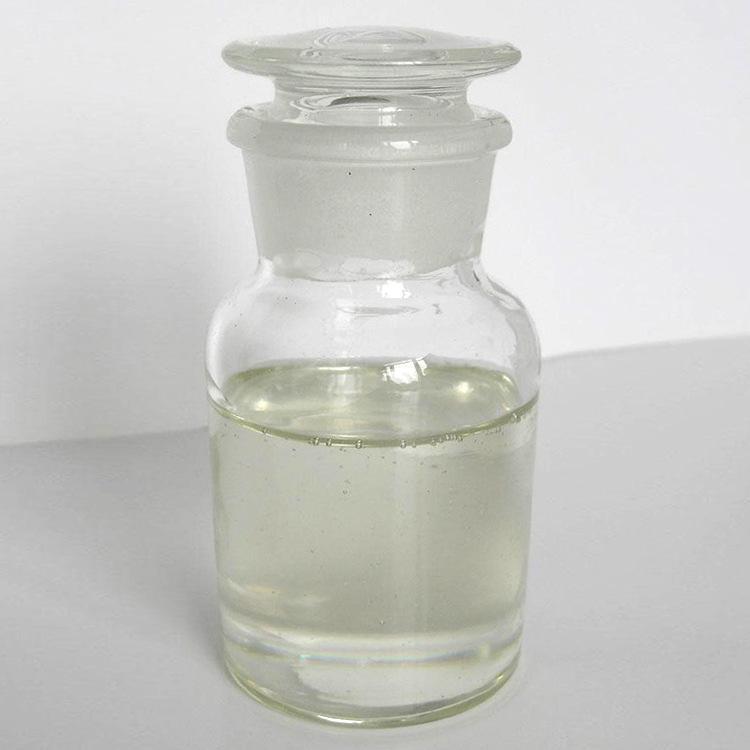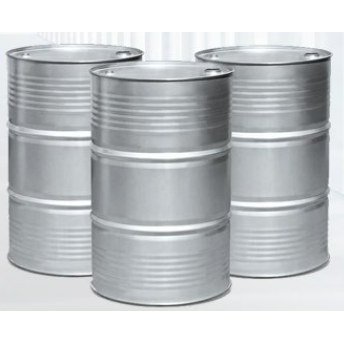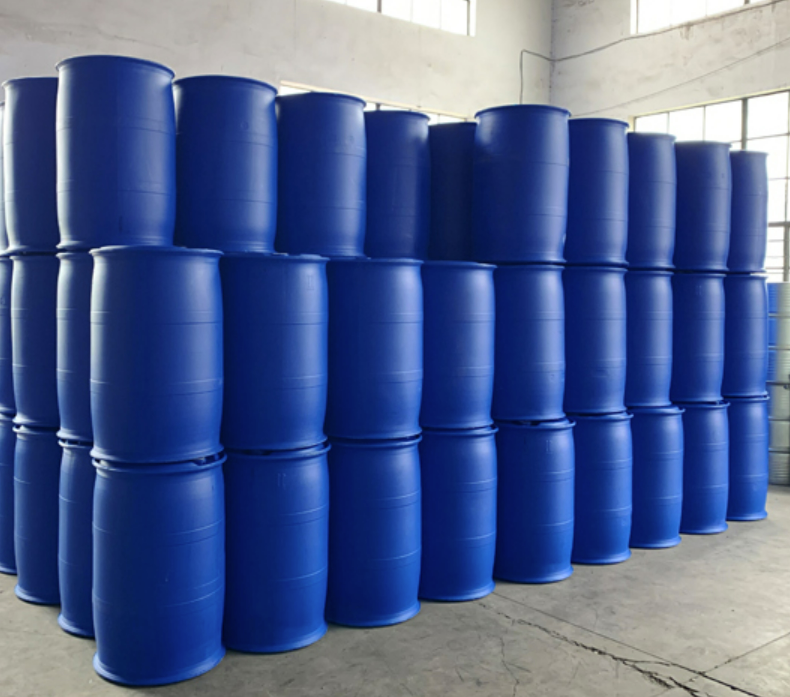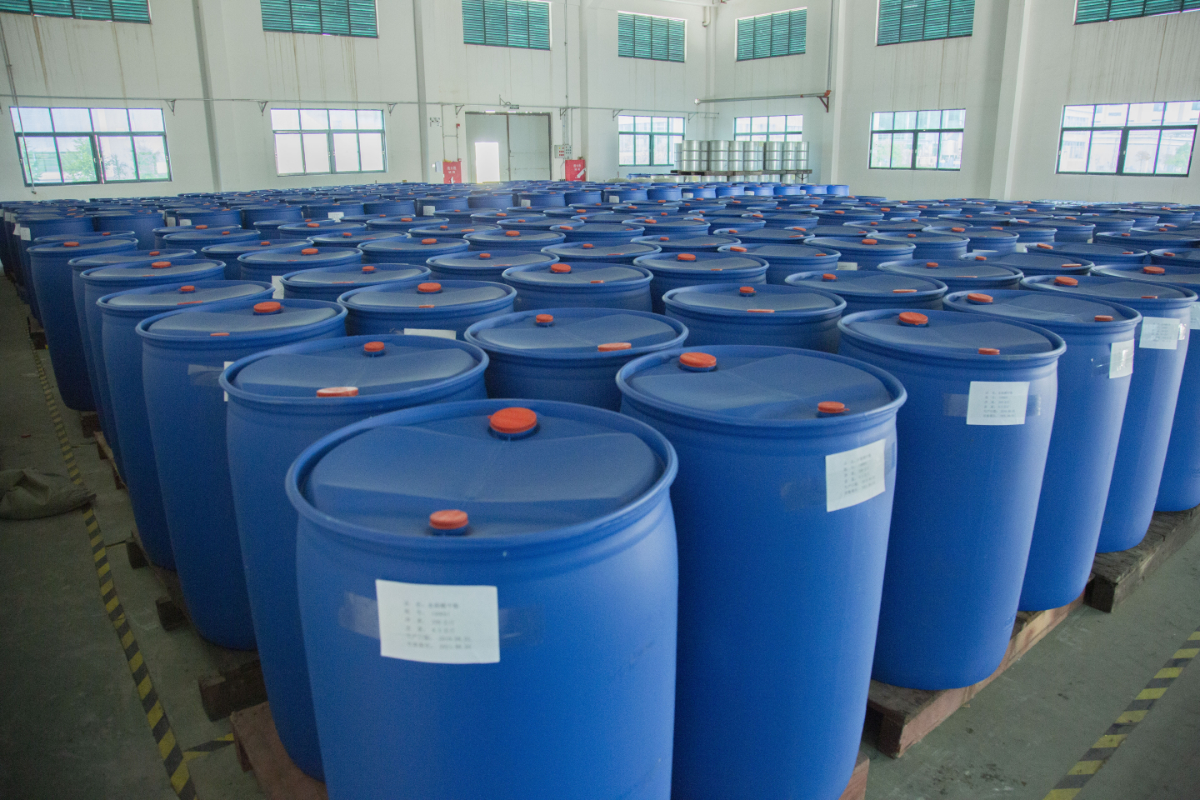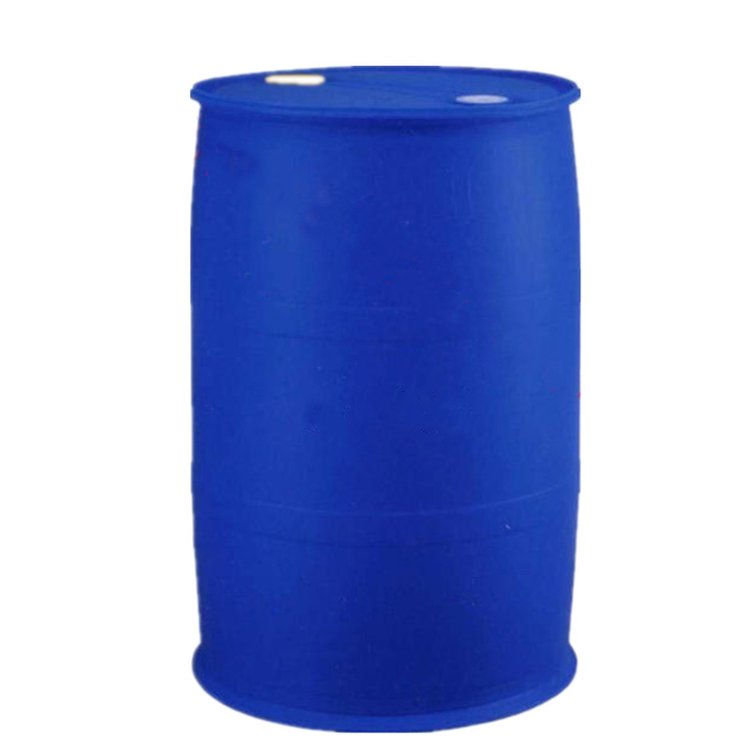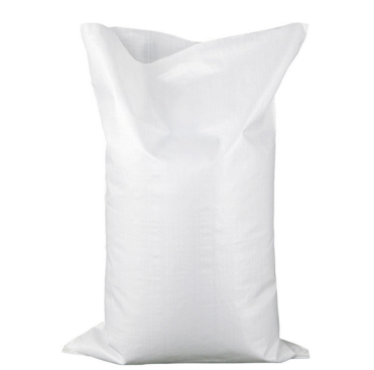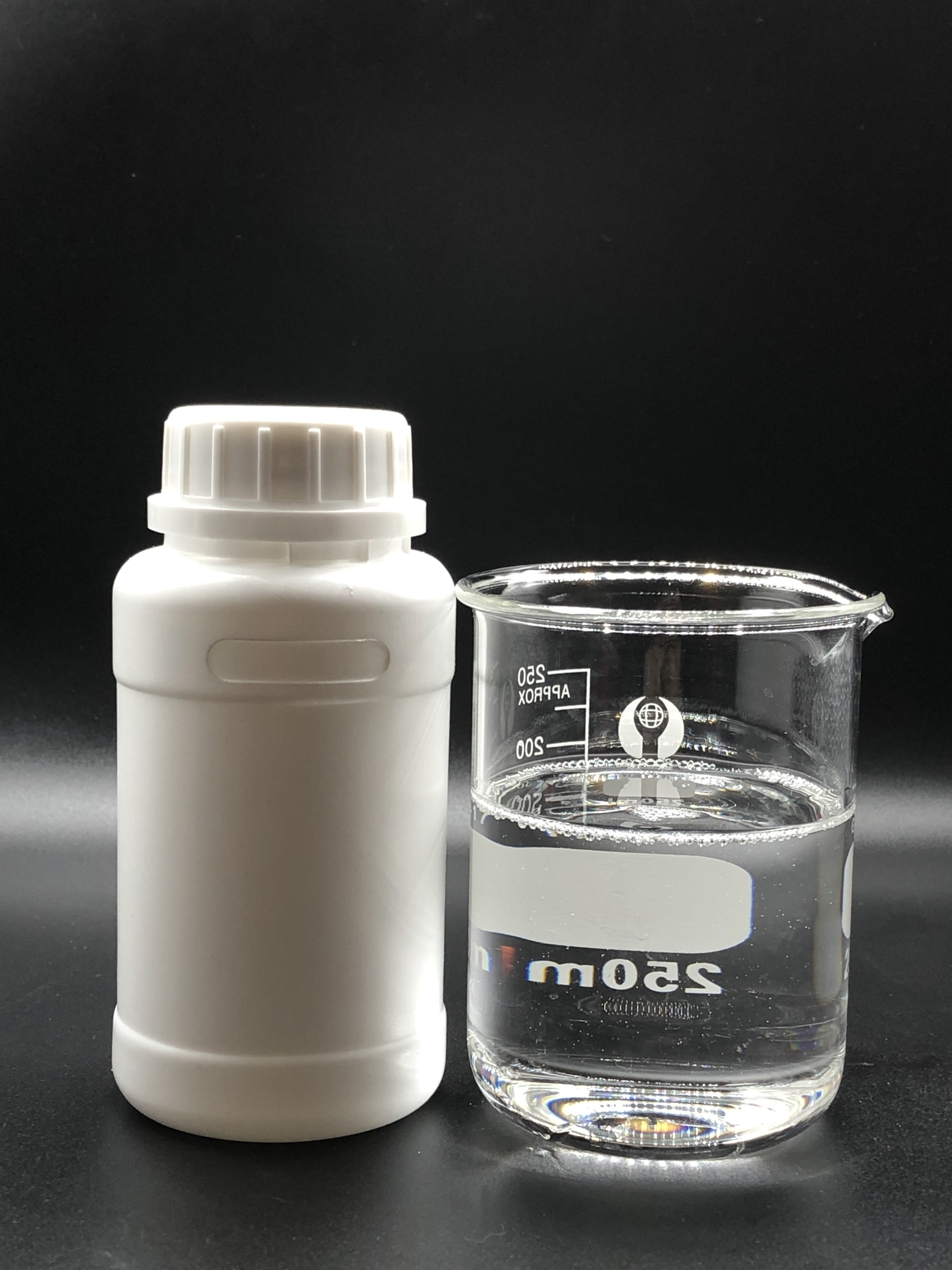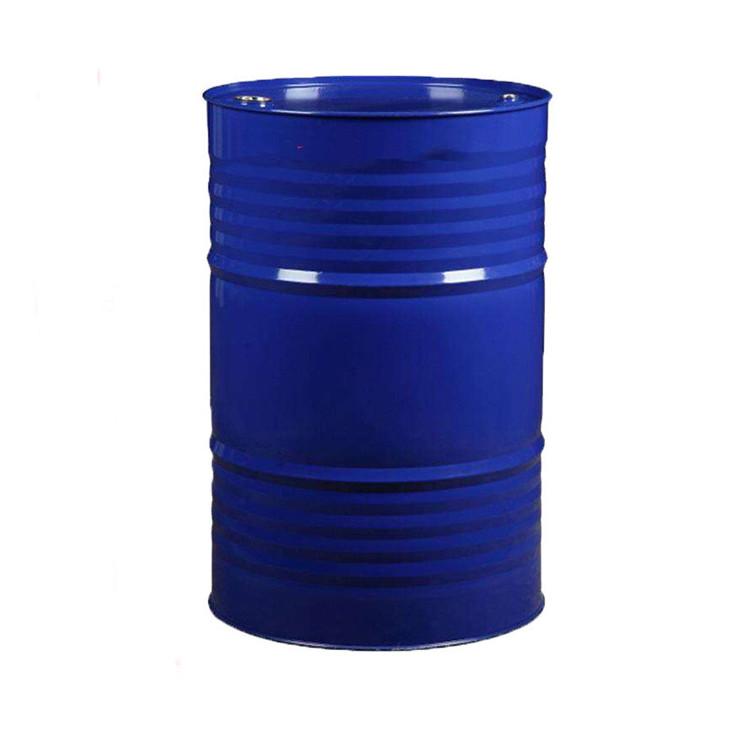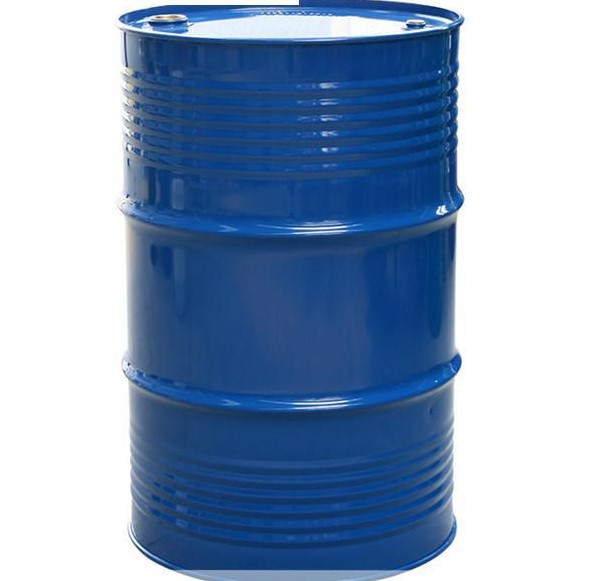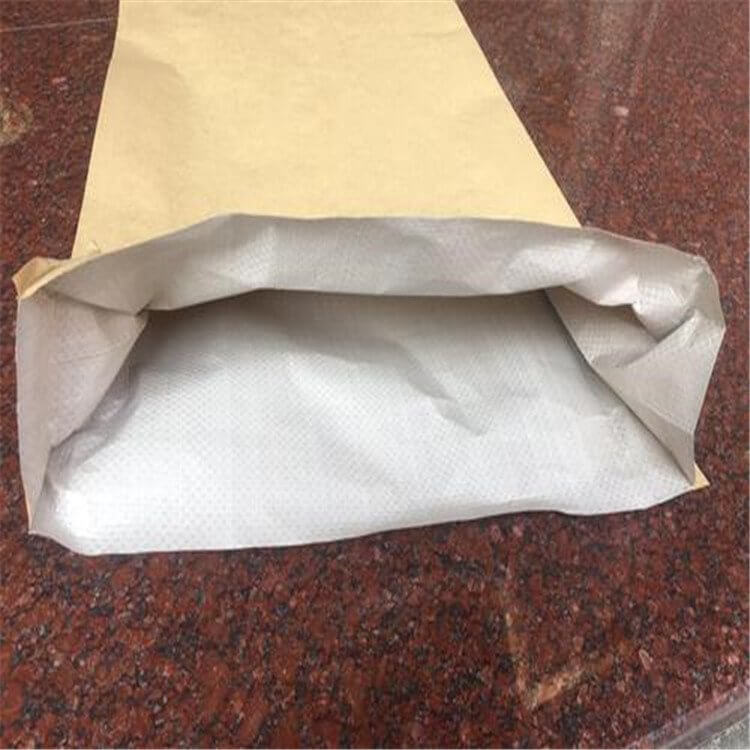Cosmetics
Find
902
related chemicals for you
CAS:50-81-7
Molecular Formula:C6H8O6
Alias
More Information
L-Ascorbic Acid(C); L-Threoascorbic Acid; Antiscorbutic Factor; Vitamin C; (R)-5-((S)-1,2-Dihydroxyethyl)-3,4-Dihydroxyfuran-2(5H)-One; L(+)-Ascorbic Acid; 2-(Trimethylazaniumyl)Acetate; Ascorbic Acid; Coated Ascorbic Acid; L Ascorbic Acid; VC
Brief Introduction
Ascorbic acid is a natural water-soluble vitamin (vitamin C). Ascorbic acid is an effective reducing agent and antioxidant that can be used to fight bacterial infections, detoxify, and form collagen in fibrous tissue, teeth, bones, connective tissue, skin and capillaries. Vitamin C is found in citrus and other fruits and vegetables. Humans cannot produce or store vitamin C and must be obtained from the diet.
Suppliers
View More Vendors (10) >
Northeast Pharmaceutical Group Co.,Ltd.
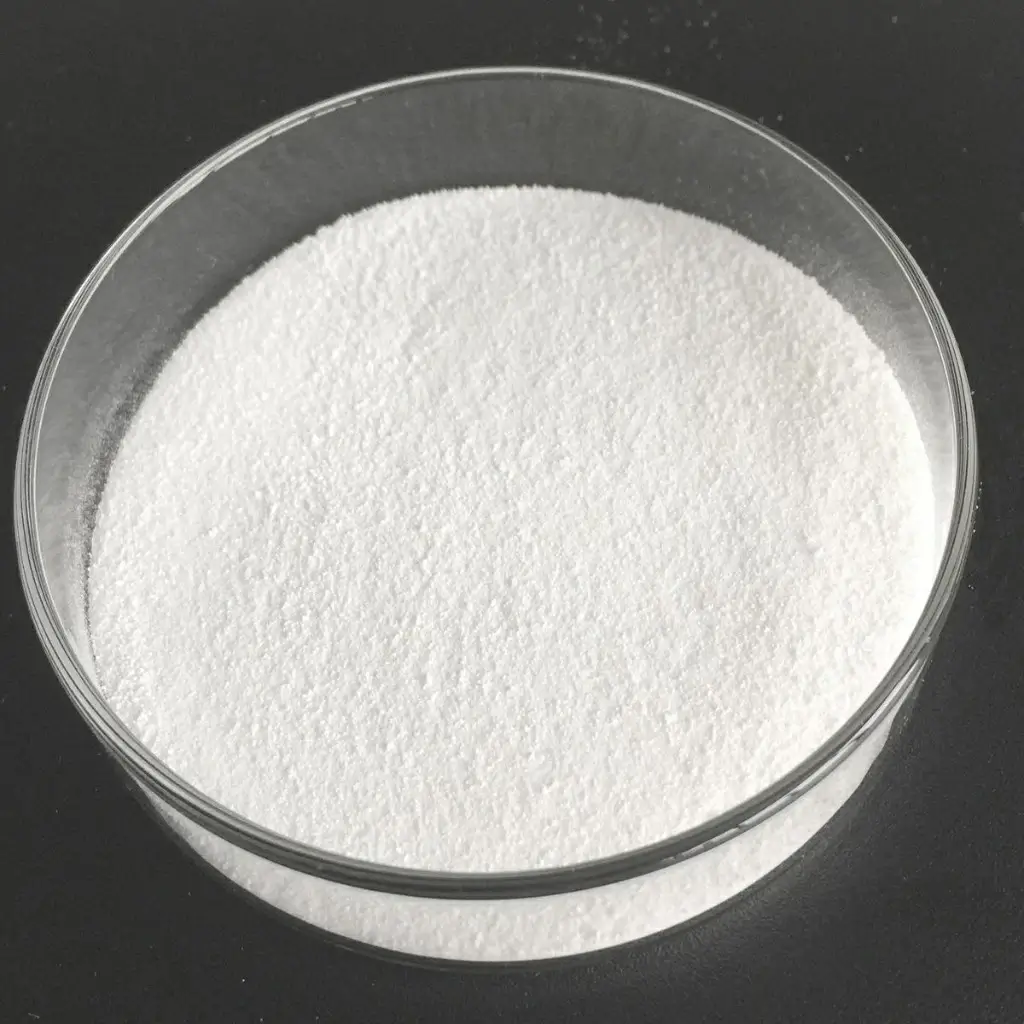
Assay≥99.0%
/
Pharm Grade
25kg
/
Carton
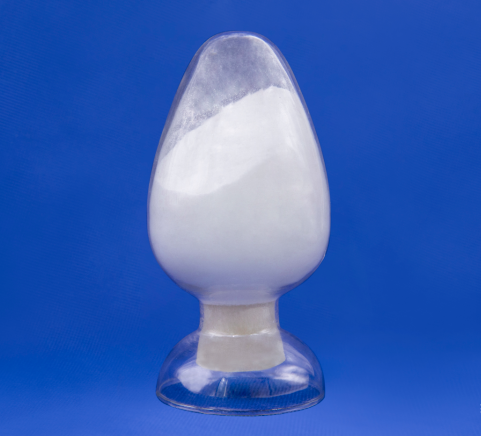
Vitamin C granules - 90, 93, 95, 97
/
Pharm Grade
25kg
/
Carton
CAS:119-61-9
Molecular Formula:C13H10O
Alias
More Information
BP; Diphenyl Ketone; Diphenylmethanone; Dipheneyl Ketone; Jrcure-1020; Methanone, Diphenyl-; Mettler-Toledo Calibration Substance Me 18870,Benzophenone; Dipheny Ketone; Mettler Toledotm Calibration Substance Me 18870,Benzophenone; Benzophenone Flake; Benzophenone,Reagent; Benzophenone,Bp; Benzophenone Crystalline; Photoinitiator Jrcure-1020; CAS No.: 119-61-9
Brief Introduction
Benzophenone is colorless prismatic crystal with sweet and rose flavor. It is soluble in organic solvents and monomers such as ethanol, ether, chloroform, and insoluble in water. It is a free radical photoinitiator. It is mainly used in free radical UV curing systems, such as coatings, inks, adhesives, etc. it is also an intermediate of organic pigments, pharmaceuticals, spices, and pesticides. In the pharmaceutical industry, it is mainly used to produce dicyclohexyl piperidine, benzotropine hydrobromide, diphenhydramine hydrochloride, etc. This product is also a styrene polymerization inhibitor and spice setting agent. It can give spices sweet flavor and is widely used in perfumes and soap flavors.
Suppliers
View More Vendors (9) >
Dongyang Baihang Chemical Co.,Ltd.
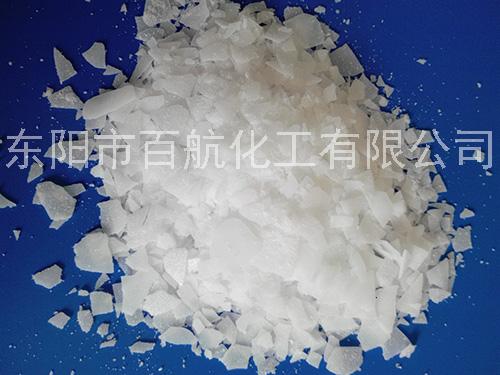
≥99.6%
/
Tech Grade
25kg
/
Paper Bag
CAS:112-02-7
Molecular Formula:C19H42ClN
Alias
More Information
Hexadecyltrimethylammonium Chloride; Hexadecyl Trimethyl Ammonium Chloride; N-Hexadecyltrimethylammonium Chloride; 1631; Hexadecyltrimethylammonium Chloride (Ctac); Palmityl Trimethyl Ammonium Chloride; CTAC; Cetrimonium Chloride; Hexadecyl(Trimethyl)Azanium; Hexadecyl-Trimethylammonium Chloride
Brief Introduction
Cetyltrimethylammonium chloride is a quaternary ammonium salt with long chain, and its molecular formula is CH3(CH2)15N(Cl)(CH3)3. Cetyltrimethylammonium chloride is a commonly used disinfectant. It is commonly used in hair conditioner and shampoo because it has lipophilic long carbon chain and hydrophilic quaternary ammonium ion. It is also a surfactant.
Suppliers
View More Vendors (8) >
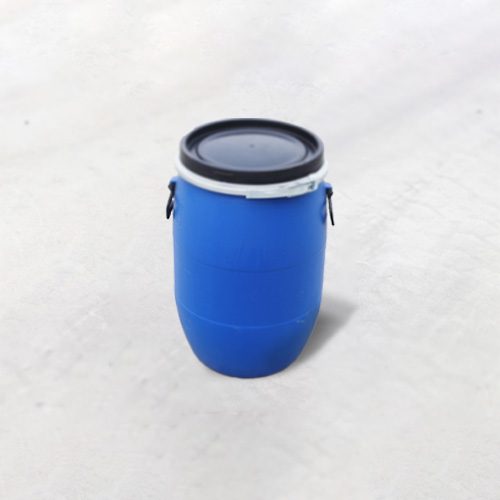
PH value (1% aqueous solution): 5-7; Active substance content (%): ≥ 70 ± 2; Free amine (%): ≤ 1; Ash content (%): ≤ 0.5
/
Tech Grade
50kg
/
Plastic Drum
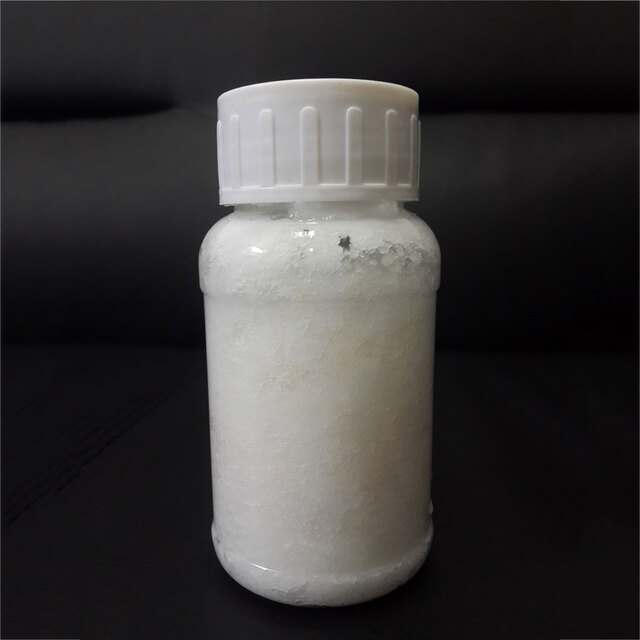
Active substance content: 40% ± 2, 70% ± 2
/
Tech Grade
50kg
/
Plastic Drum
CAS:119-36-8
Molecular Formula:C8H8O3
Alias
More Information
2-Hydroxy-Benzoicacimethylester; Wintergreen Oil; Benzoic acid,2-Hydroxy-Methyl Ester Methyl Salicylate; Methyl o-Hydroxybenzoate
Brief Introduction
Methyl salicylate (oil of wintergreen or wintergreen oil) is an organic ester naturally produced by many species of plants, particularly wintergreens. The compound was first extracted and isolated from plant species Gaultheria procumbens in 1843. It can be manufactured synthetically and it used as a fragrance, in foods, beverages, and liniments. It forms a colorless to yellow or reddish liquid and exhibits a characteristic odor and taste of wintergreen. For acute joint and muscular pain, methyl salicylate is used as a rubefacient and analgesic in deep heating liniments. It is used as a flavoring agent in chewing gums and mints in small concentrations and added as antiseptic in mouthwash solutions.
Suppliers
View More Vendors (8) >
CAS:25322-68-3
Molecular Formula:C2H6O2
Alias
More Information
Polyethylene Oxide; PEG; Polyethylene Glycol PEG; poly Glycol Ester of Fatty acid; Macrogol; PEG-14M; poly Oxyethylene; poly(Oxyethylene); Carbowax; PEG 400; Polyethylen Glycol 600 USP; Polyethyleneglycol; Polyethylenglycol; Polythene Glycol; peg 4000; peg 1500; poly Ethylen Clucol; Polyethylene Glycol 6000
Brief Introduction
This product can be used as analytical reagent and also in pharmaceutical industry.
It is used as softener, lubricant and other purposes, as matrix in medicine and cosmetics, as dispersant, lubricant, emulsifier and other purposes in rubber, metal processing, pesticide and other industries, organic synthetic medium, humectant for daily cosmetics industry, inorganic salt solubilizer, viscosity regulator and other purposes, as flocculant, fluid antifriction agent, textile wetting agent Retention aid, filter aid, adhesive, thickener and denture fixing agent are used as matrix in medicine and cosmetics industry, dispersant and lubricant in rubber, metal processing, pesticide and other industries. They are used in cosmetics, pharmacy, chemical fiber, rubber, papermaking, paint, electroplating, pesticide, metal processing and food processing
Suppliers
View More Vendors (8) >
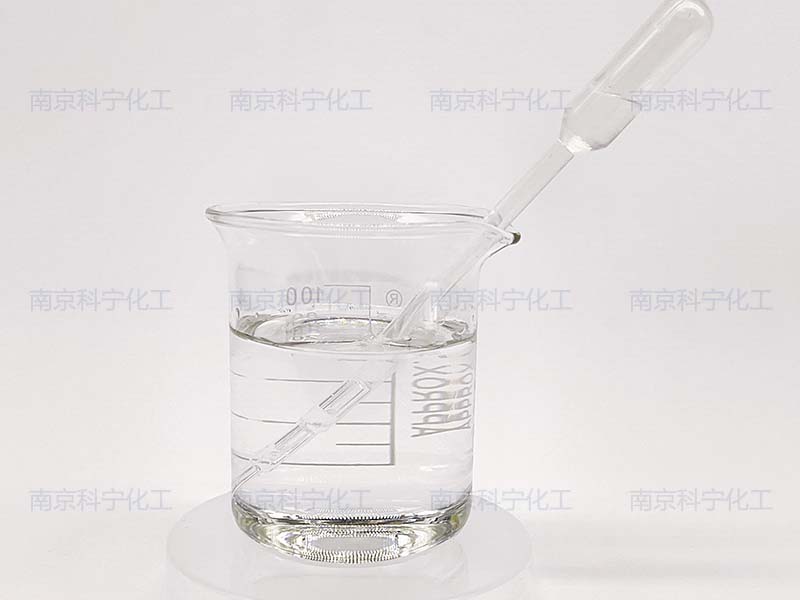
Food grade/Pharmaceutical grade/Industrial grade/Cosmetic grade
/
-
Inquiry (
10
/ 10
)
Clear All
You can inquire for up to 10 products at a time
Sign In
Error!

